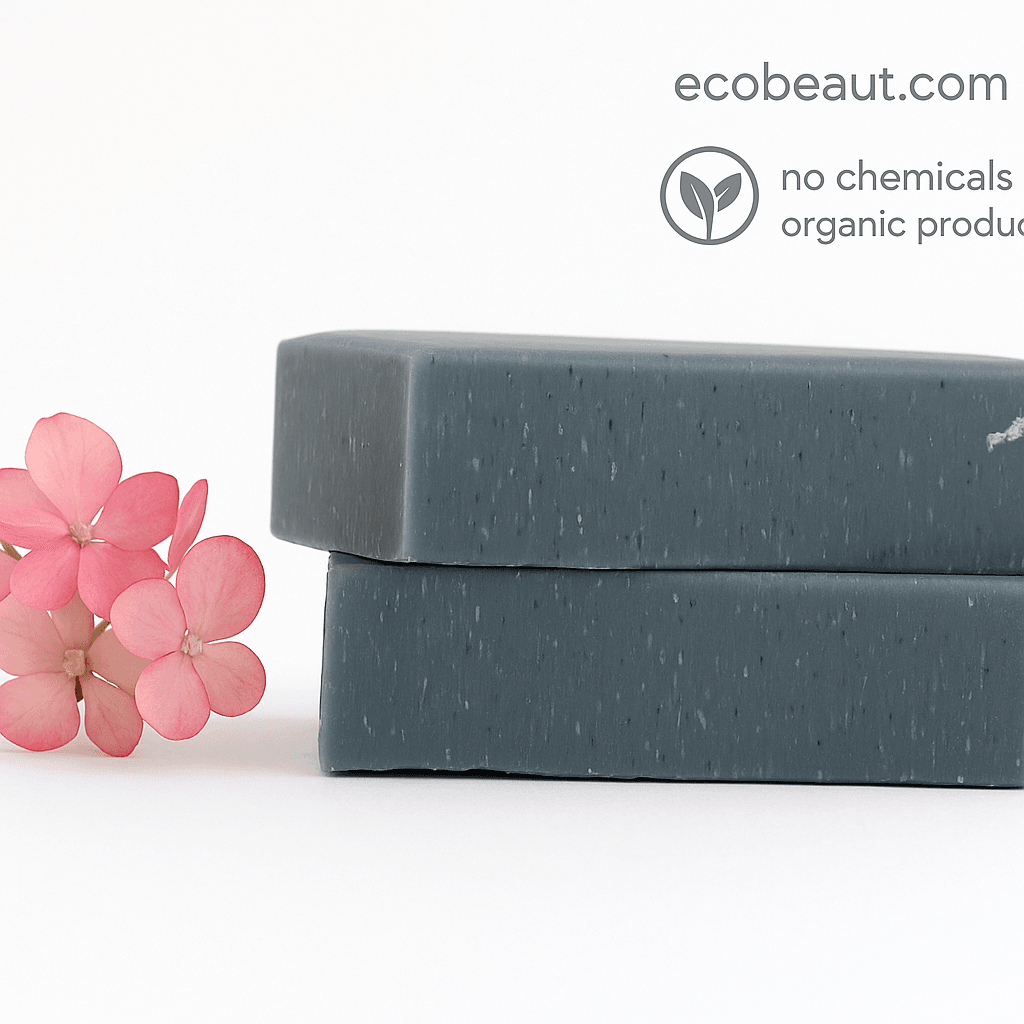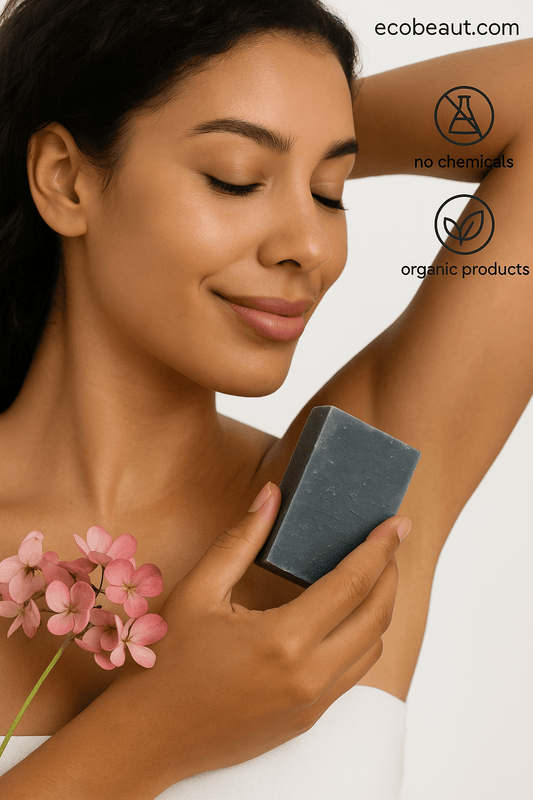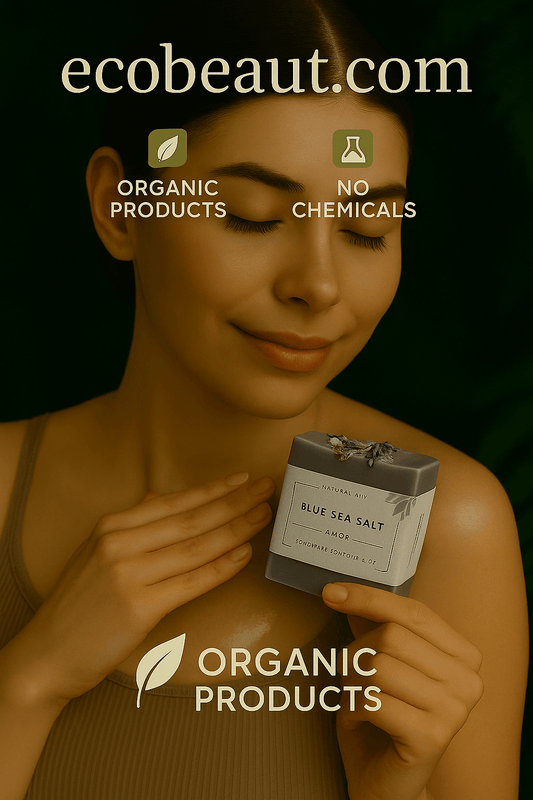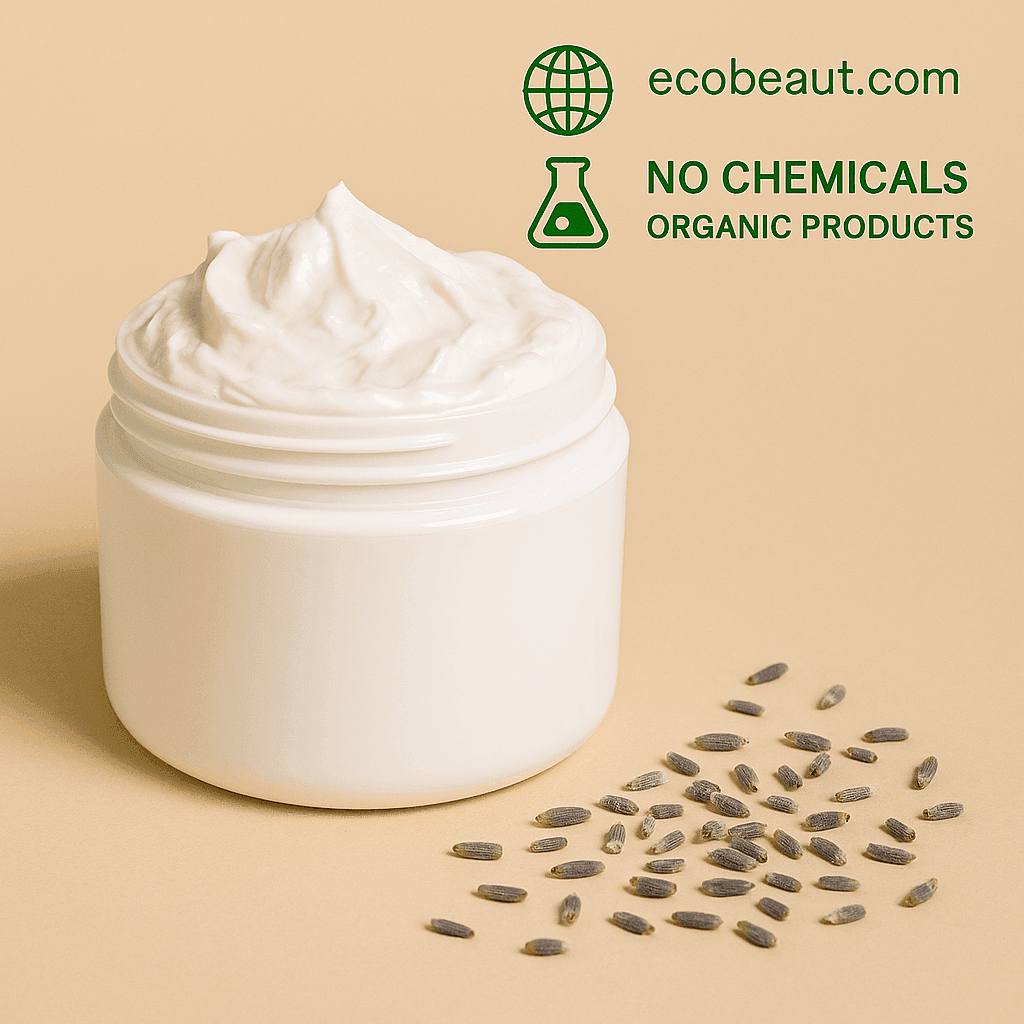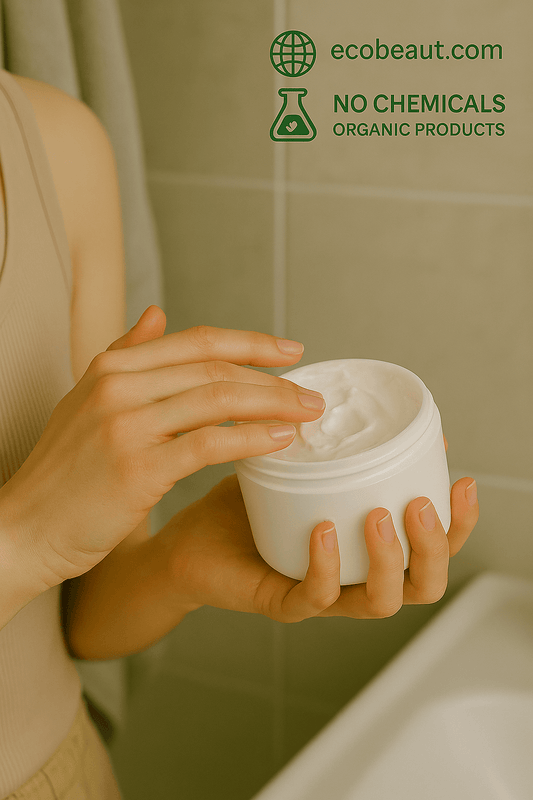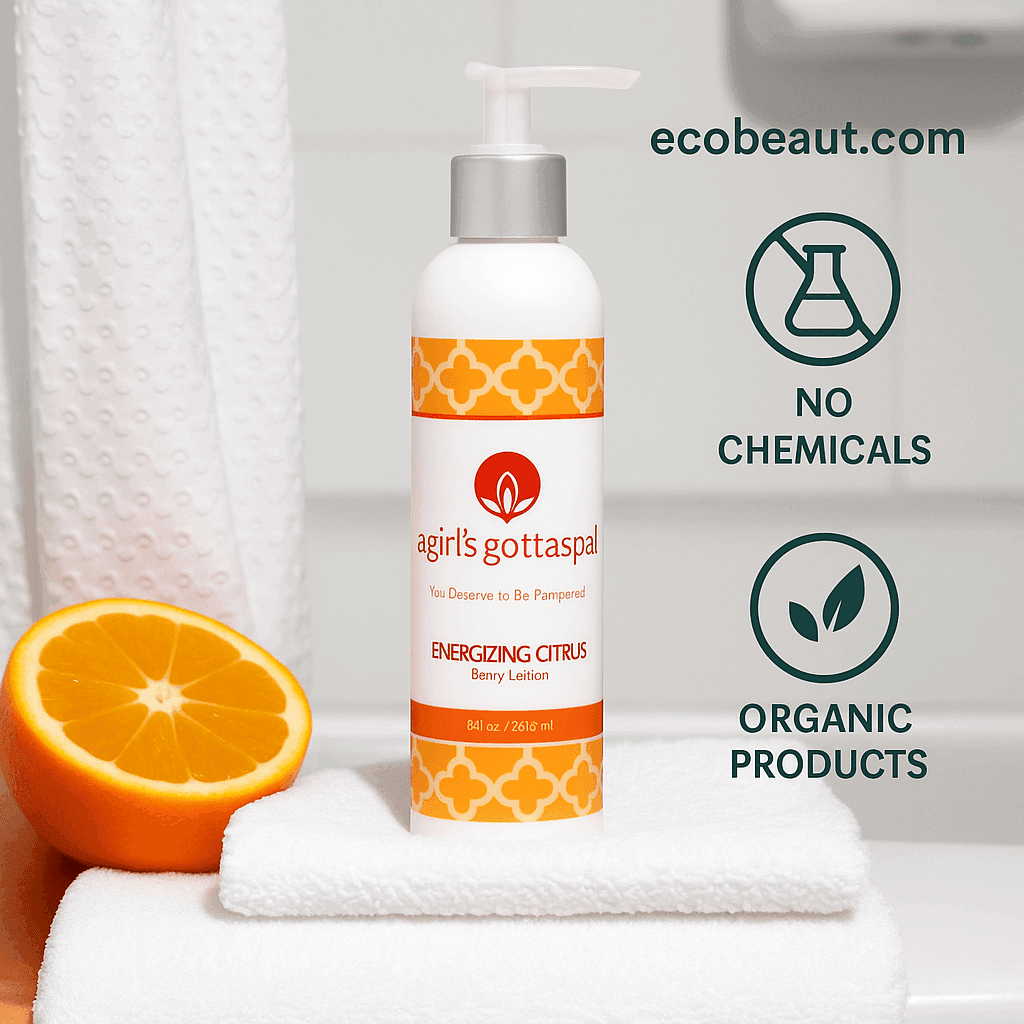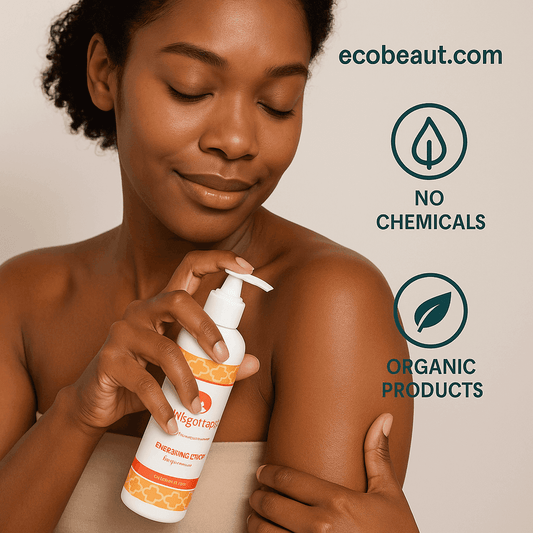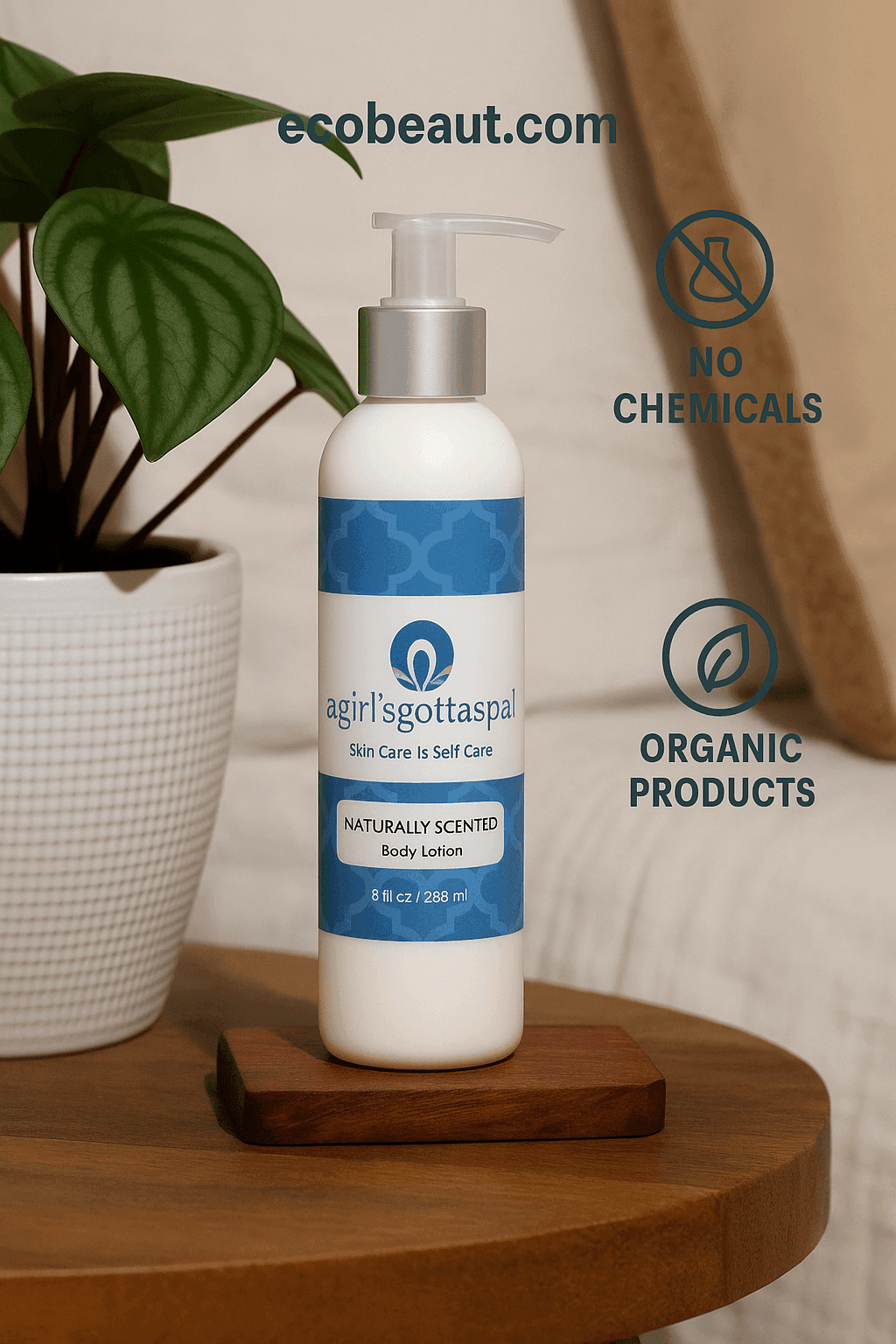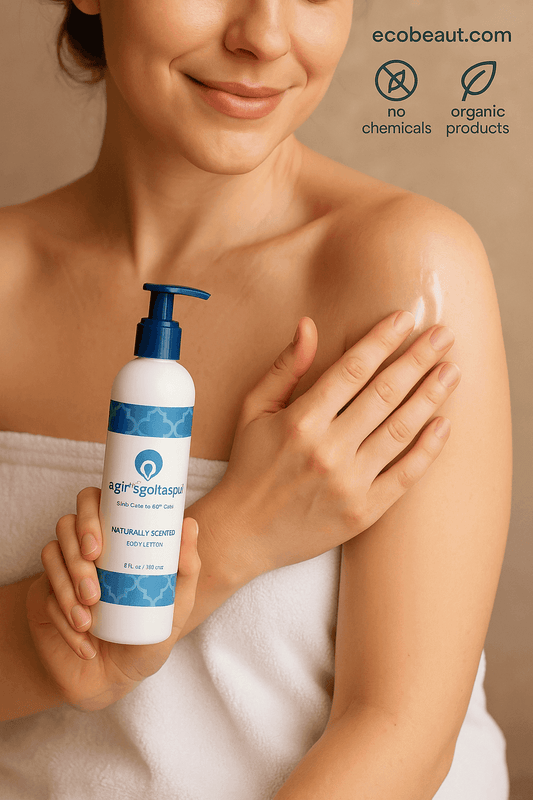Water is a finite resource, and its scarcity is one of the most pressing global challenges of the 21st century. According to the United Nations, nearly 2 billion people live in areas of severe water stress, a number that is expected to increase as the effects of climate change intensify. While industries such as agriculture and energy are major contributors to water consumption, the beauty industry also plays a significant role.
Traditional beauty products, from moisturizers to shampoos, often contain large amounts of water - sometimes up to 80% of their formula. In addition to their formulation, water is also consumed during manufacturing and packaging. The emergence of waterless beauty products marks a significant shift in the industry, offering innovative solutions that conserve water, reduce waste, and provide consumers with effective alternatives. This article explores how waterless beauty is transforming sustainability in the world of cosmetics.
Understanding the concept of waterless beauty
Waterless beauty products are formulated without water as a base ingredient, focusing instead on concentrated and potent alternatives. This trend originated in South Korea, a global leader in beauty innovation, and has since gained traction worldwide.
- What are waterless products? These products come in a variety of forms, including
- Powders: Cleansers and masks that activate when mixed with water at home.
- Bars: Solid shampoos, conditioners and soaps that eliminate the need for water-based formulas.
- Balms and Oils: Skin care products such as moisturizers and cleansers that rely on nourishing oils instead of water.
- Why go waterless: Eliminating water from formulations offers several benefits:
- Conservation of a valuable resource.
- Longer shelf life due to reduced reliance on preservatives.
- Smaller, lighter packaging that minimizes waste and transportation emissions.
Environmental benefits of waterless beauty
The transition to waterless beauty has a profound environmental impact, addressing several areas of concern.
- Conservation of water resources
- The beauty industry's dependence on water extends beyond formulations to manufacturing processes, packaging and even the supply chain. By choosing waterless products, brands are helping to reduce pressure on global water supplies.
- For example, switching to waterless shampoos could save billions of gallons of water annually while providing the same cleansing benefits.
- Reduced packaging waste
- Waterless products are often more concentrated, requiring smaller and lighter packaging. For example, one solid shampoo bar can replace three bottles of liquid shampoo, dramatically reducing plastic consumption.
- Brands like Ethique have reported diverting millions of plastic bottles from landfills by promoting solid beauty products.
- Lower carbon footprint
- The compact nature of waterless beauty products makes them more efficient to transport, reducing carbon emissions in the supply chain.
- Solid or powder formats often weigh less and take up less space, making shipping more environmentally friendly.
Consumer benefits of waterless products
Waterless beauty products aren't just good for the planet - they also offer unique benefits to consumers.
- Higher potency and efficacy
- Without water as a filler, waterless products are highly concentrated and deliver more active ingredients per application. This can lead to better performance and faster results.
- For example, vitamin C powder masks are activated at home with water, ensuring freshness and maximum potency.
- Longer shelf life
- Water-based products often require preservatives to prevent microbial growth, which can reduce shelf life or compromise ingredient integrity. In contrast, waterless formulations are more stable over time.
- Versatility and convenience
- Many waterless products are multifunctional, such as cleansing balms that double as moisturizers or solid bars that replace multiple bottles of shampoo and conditioner.
- These formats are also travel-friendly because they are less likely to leak and are often TSA compliant.
Challenges to Waterless Beauty Adoption
Despite its benefits, waterless beauty faces challenges that must be addressed to achieve widespread adoption.
- High cost
- Developing waterless formulations requires specialized expertise and resources, making these products more expensive than traditional options.
- Smaller brands may struggle to compete in this space, limiting the availability of affordable waterless alternatives.
- Consumer awareness and habits
- Many consumers remain unaware of the environmental benefits of waterless beauty or are resistant to change. Traditional liquid products are ingrained in daily routines, and some people find it challenging to adapt to powders or bars.
- Formulation and efficacy concerns
- Creating effective waterless products requires innovative formulation techniques. Some consumers worry that waterless alternatives will not perform as well as their liquid counterparts, but this perception is changing.
Examples of waterless innovation
Several beauty brands are leading the way in waterless innovation, proving that sustainability and efficacy can go hand in hand.
- Lush Cosmetics
- Known for its iconic solid shampoo and conditioner bars, Lush has been at the forefront of waterless beauty. These bars are vegan, cruelty-free and packaged without plastic, embodying zero-waste principles.
- Rahua
- Rahua specializes in concentrated hair treatments that require minimal water for application. Their products are rich in botanical ingredients and support rainforest conservation efforts.
- Dip
- Dip creates waterless deodorants, skin care and hair care products with minimal packaging. Their commitment to sustainability extends to refillable containers and compostable packaging options.
- Susteau
- Susteau's innovative powder-to-liquid hair care line allows consumers to mix their shampoo at home, reducing packaging waste and water usage during production.
The role of technology in advancing waterless beauty
Innovation and technology are critical to the growth of waterless beauty, helping brands overcome challenges and improve product offerings.
- Advanced formulation techniques
- Scientists are developing new ways to stabilize actives in dry formats to ensure they remain effective when activated with water.
- Consumer education platforms
- Brands are using digital platforms to educate consumers about waterless beauty. Tutorials, videos and testimonials help build trust and drive adoption.
- Sustainable manufacturing
- Technologies that minimize water use in manufacturing processes are being integrated into the supply chain, further enhancing the sustainability of waterless products.
The future of waterless beauty
The waterless beauty movement is more than a trend-it's a fundamental shift toward sustainability in the cosmetics industry. As awareness of water scarcity grows, demand for waterless products is expected to increase.
- Mainstream adoption
- Major brands are beginning to explore waterless options, indicating that these products will soon be widely available. For example, Unilever has committed to reducing water use across its product lines.
- Changing consumer behavior
- As consumers become more environmentally conscious, they are likely to seek out products that align with their values. Waterless beauty fits perfectly into the ethos of minimalism and sustainability.
- Collaboration and regulation
- Governments, brands and non-profit organizations must work together to promote water conservation initiatives. Regulatory support, such as incentives for sustainable manufacturing, will play a key role in moving the industry forward.
A new era of sustainable beauty
Waterless beauty is a powerful response to the twin challenges of water scarcity and environmental degradation. By eliminating water from formulations, these products conserve resources, reduce waste and offer consumers highly effective alternatives to traditional cosmetics.
However, the success of this movement depends on collective action. Brands must continue to innovate and educate, while consumers must embrace change and demand more sustainable options. Together, these efforts can transform the beauty industry and make it a leader in environmental responsibility.
Going waterless is not just a choice - it is a step towards preserving the planet for future generations.


